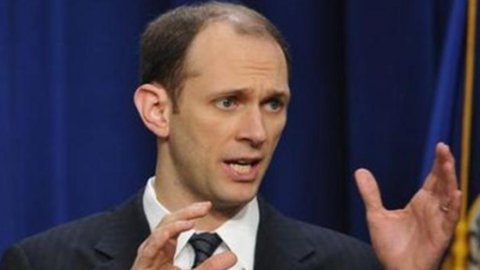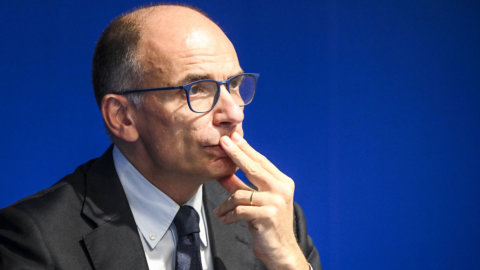The departure of Barack Obama's chief economic adviser provides a "historical" reading of the various phases and economic and financial policies of the Obama clan, from the beginning of the electoral campaign in 2007 to today. The lesson to be learned is one of growing difficulties, with a budget that no longer has room for spending and with trillions, of which around 2 are still missing and will probably never come back, used in a significant part for the rescue of the banking giants of Wall Street. Which sit, in the company of the real estate mega-financiers Fannie and Freddie, on 11 trillion of securities linked to real estate, about half of the assets of the financial system, with a housing market that continues to fall and with securities with a book value of three years ago. It is therefore not known how much they are worth, certainly no longer 11 trillion. Then there is unemployment at 9 per cent, says the official figure. Austan Goolsbee, 42, an economist at the University of Chicago but more Keynesian than Friedmanian, has always been Obama's economic adviser, ever since the future president was a state senator in Illinois, a federal senator for Illinois in Washington in 2004, candidate in 2007, president. In September 2010, Goolsbee replaced Christina Romer as head of economic advisers, who returned to teaching. Now Goolsbee is back teaching too. Two passages should be remembered in this curriculum alongside Obama. First, the good relationship established by Golsbee with Paul Volcker, the elderly former president of the Federal Reserve, who took the field in January 2008 in favor of candidate Obama. In the autumn-winter of 2008-2009, they were united by the desire to reaffirm more stringent rules for Wall Street and to distribute the costs of the bailout differently, also involving bondholders, and sending home those of the bankers who had made a sensational mistake. The second step to remember is the one that took place between June and November 2008, which weakened and then neutralized the hopes of Volcker and Goolsbee to deal with the rescue and recovery of Wall Street in a different way. In June, with Obama now the winner of the primaries, the post of economic manager of the Obama team was taken by Jason Furman, an integral part of the team of Bob Rubin, Bill Clinton's former treasury secretary. After beating Hillary in the name of a policy different from the one made by her husband, Obama hired her team. And politics. “Many people – Nobel Paul Krugman wrote on 19 July 2008 – supported Obama against Hillary Clinton in the primaries because they feared that Clinton would revive Bob Rubin's team. And what did Obama do? He brought Bob Rubin's team back." Everything was completed on November 24, 2008 with the appointment of Timothy Geithner and Lawrence Summers as Treasury minister and chief economic strategist, ie two top-level “rubinistas”. The reproach that some Democrats made against Rubin (and the Clintons) was and is that they had been too close to Wall Street (Rubin, the former head of Goldman Sachs, was the maximum expression of it). And to have made too much of a policy favorable to the interests of big finance, identified with the interests of the country. Upon entering the White House, Obama reaffirmed this policy, declaring that saving the banks saved the country. Which is generally true. But it depends on how the banks are saved. Goolsbee, who became one of the economic advisers, and Volcker, wanted an approach similar to that adopted with the Resolution Trust Corporation, the body that from 1989 to 91 liquidated the disaster of the rural banks. Dividing the assets into assets and liabilities, allocating the assets, parking the liabilities in a semi-public body, liquidating the management if it had obvious responsibilities, assigning the bondholders an adequate part of the losses. So, roughly, it was done with GM and Chrysler. But not with the banks. It would have been more difficult, but it would have cleared the ground eventually. Goolsbee has since had various other fights, usually lost or not won. And in the end, faced with a difficult economic situation, low growth and unassailable unemployment, he preferred the Chicago professorship.
Goolsbee returns to university: his farewell displaces Obama
The former economic adviser would have liked to avoid the two weights and two measures policy adopted with respect to the auto industry and the banks, clearly favored by the President - Now Obama finds himself with a budget without margins and with 2 trillion missing from the appeal, employed largely to bail out Wall Street's credit giants




